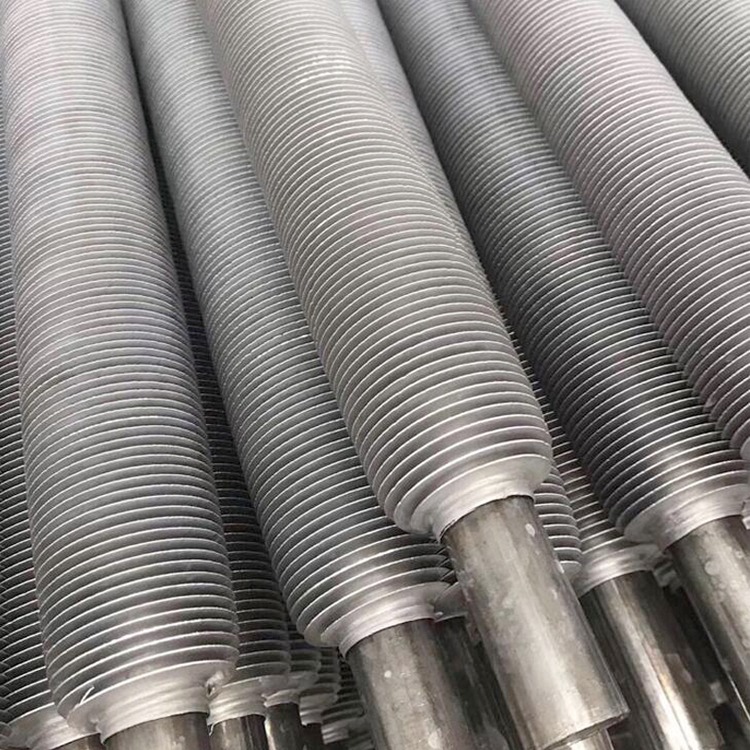Welding stainless steel pipes with aluminum fins
Welding stainless steel pipes with aluminum fins are a common practice in heat exchanger applications where efficient heat transfer is required. This combination allows for the benefits of stainless steels corrosion resistance and aluminums high thermal conductivity. Heres some more information on this process:
Welding stainless steel pipes with aluminum fins purpose:
The primary purpose of adding aluminum fins to stainless steel pipes is to increase the surface area available for heat transfer. Aluminum is an excellent conductor of heat, while stainless steel provides durability and corrosion resistance. By welding aluminum fins onto stainless steel pipes, you create a composite structure that maximizes both heat transfer efficiency and longevity.
Welding stainless steel pipes with aluminum fins Materials:
- Stainless Steel Pipes: These pipes are chosen for their durability, resistance to corrosion, and ability to handle various fluids or gases. Common stainless steel grades include 304, 316, and 321, each with varying levels of corrosion resistance and mechanical properties.
- Aluminum Fins: Aluminum fins are attached to the exterior surface of the stainless steel pipes. The aluminums high thermal conductivity enables efficient heat transfer between the fluid within the pipe and the surrounding environment.
Welding stainless steel pipes with aluminum fins process:
Several welding methods can be used to attach aluminum fins to stainless steel pipes, including TIG (Tungsten Inert Gas) welding and MIG (Metal Inert Gas) welding. These methods require skill and expertise due to the differences in thermal properties and the risk of material compatibility issues. Proper welding techniques are crucial to ensure a strong and reliable bond between the two materials.
Welding stainless steel pipes with aluminum fins advantages:
- Heat Transfer Efficiency: Aluminum fins significantly increase the surface area available for heat exchange, improving the overall efficiency of the heat exchanger.
- Corrosion Resistance: Stainless steels corrosion resistance prevents degradation of the pipe, making it suitable for various environments and fluids.
- High Thermal Conductivity: Aluminums excellent thermal conductivity facilitates quick and efficient heat transfer.
- Durable Structure: The combination of stainless steels strength and aluminums thermal properties results in a robust and long-lasting heat exchanger.
Welding stainless steel pipes with aluminum fins considerations:
- Compatibility: The welding process must be carefully planned to prevent galvanic corrosion, which can occur when two dissimilar metals come into contact in a corrosive environment.
- Expertise: Welding aluminum and stainless steel requires skilled welders with experience in joining dissimilar materials.
- Thermal Expansion: Aluminum and stainless steel have different coefficients of thermal expansion, so proper design considerations are needed to accommodate thermal stresses.


